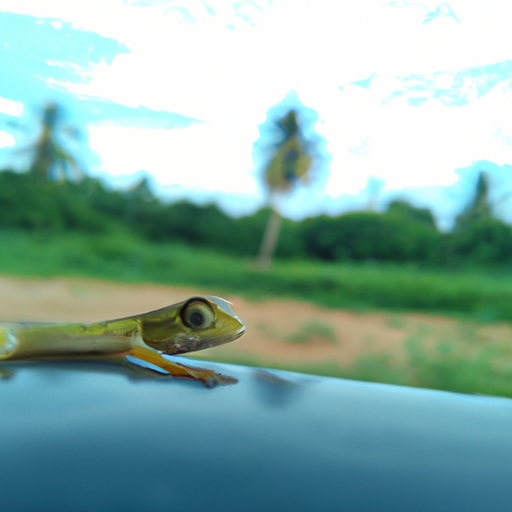 Introduction:
Introduction:
Dreaming has long been a topic of fascination and intrigue for humans. We spend approximately a third of our lives asleep, and within that time, we enter a realm of unconsciousness where our minds conjure vivid and often bizarre experiences. But what about animals? Do they too engage in the mystical realm of dreams? In this article, we embark on a journey to unravel the secrets of animal sleep and explore whether or not animals dream.
Understanding Animal Sleep:
Before delving into the realm of dreams, it is crucial to comprehend the nature of animal sleep. Sleep is a vital physiological process that supports an organism’s overall well-being. It aids in the restoration of energy, consolidation of memories, and regulation of various bodily functions. However, animals exhibit diverse sleep patterns, ranging from brief microsleeps to prolonged periods of deep sleep.
Animals’ Sleep Patterns:
1. Mammals:
Mammals, including humans, exhibit two distinct sleep states: rapid eye movement (REM) sleep and non-rapid eye movement (NREM) sleep. REM sleep is characterized by rapid eye movements, muscle atonia, and vivid dreaming. NREM sleep consists of several stages, including light sleep, slow-wave sleep, and deep sleep. Mammals typically experience both REM and NREM sleep, suggesting the potential for dreaming.
2. Birds:
Birds, on the other hand, possess a sleep pattern that differs significantly from mammals. They exhibit a phenomenon called unihemispheric sleep, where one hemisphere of the brain remains awake while the other sleeps. This adaptation allows birds to remain vigilant during sleep, particularly when they are vulnerable to predation. However, the concept of dreaming in birds is still relatively unexplored.
3. Reptiles:
Reptiles, such as snakes and lizards, have a sleep pattern that differs greatly from both mammals and birds. They exhibit a combination of wakefulness, sleep, and torpor. During torpor, reptiles experience a significant reduction in physiological activity, resembling a state of hibernation. Due to their unique sleep patterns, it is unclear whether reptiles dream or if they experience sleep-related brain activity similar to mammals.
The Science of Animal Dreams:
To determine whether animals dream, scientists employ various techniques to study brain activity during sleep. Electroencephalography (EEG) is a commonly used method to record brainwave patterns and differentiate between wakefulness, sleep, and dreaming states. Additionally, behavioral observations and studies on sleep deprivation also provide insights into the presence of dreams in animals.
1. Mammals:
Research conducted on mammals, including primates, rats, and dogs, has revealed compelling evidence of dream-like activity during REM sleep. EEG studies have shown brainwave patterns similar to those observed in humans during dreaming, indicating that mammals may indeed experience dreams. Furthermore, behavioral studies have demonstrated instances where animals exhibit signs of dream enactment, such as twitching, paw movements, and vocalizations during REM sleep.
2. Birds:
The study of bird sleep and dreams is relatively limited compared to mammals. However, recent studies using EEG recordings have discovered brainwave patterns during sleep that resemble those observed during REM sleep in mammals. This finding suggests the potential for birds to dream, although further research is needed to corroborate these observations.
3. Reptiles:
The field of reptilian sleep and dreaming is still in its infancy, with limited research conducted on this topic. Due to the unique sleep patterns exhibited by reptiles, it is challenging to determine whether they experience dreams. However, studies have shown that certain reptiles exhibit brainwave activity during sleep, similar to the slow-wave activity observed in mammals. This finding raises intriguing questions about the potential for dreaming in reptiles.
Conclusion:
While the study of animal sleep and dreams presents numerous challenges, emerging evidence suggests that animals, particularly mammals, may indeed dream. The presence of REM sleep, the occurrence of brainwave patterns similar to those observed during dreaming, and behavioral observations during sleep provide compelling insights into the existence of dreams in animals. However, it is essential to note that our understanding of animal dreams is far from complete, and further research is necessary to unravel the intricacies of this fascinating phenomenon. So, the next time you observe your beloved pet twitching or vocalizing during sleep, consider the possibility that they too may be embarking on a journey through their own dreamscapes.
